Publisher: Amy Marson Creative Director: Gailen Runge Editor: Karla Menaugh Technical Editors: Debbie Rodgers and Amanda Siegfried Cover/Book Designer: Page+Pixel Production Coordinator / Illustrator: Tim Manibusan Production Editor: Alice Mace Nakanishi Photo Assistant: Carly Jean Marin Photography by Diane Pedersen of C&T Publishing, Inc., unless otherwise noted Published by C&T Publishing, Inc., P.O. Box 1456, Lafayette, CA 94549 Acknowledgments Thank you to everyone who quilted for me (in no particular order): Teresa Silva, Karen McTavish, Kelly Cline, Angela Walters, Mary Verstraete Honas, and Frank Palmer.A huge thank-you to Tula Pink for all her encouragement, support, and color wizardry!Thank you to my team at C&T for getting me though the process.And finally, thank you to Art Gallery Fabrics, FreeSpirit Fabric, RJR Fabrics, Tula Pink, and Westminster Fibers for providing fabric when I needed it.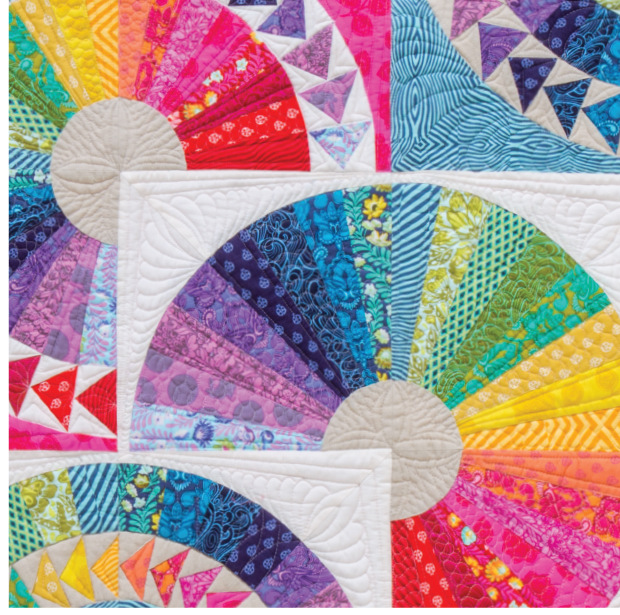 A Note from Tula I met Carl several years ago at our local quilt shop, which just happened to be a favorite local hangout for both of us. It didnt take me very long to get really curious about this guy who quietly walked the floor making the most unpredictable fabric choices week after week. While most people shopped primarily in one general section of the store, Carl was interested in a little bit of everything. Like any regular fabric store dweller, I was dying to know what he was making with all this fabric! It was a few weeks later when he brought his first quilt tops in to the shop to be quilted. I dont know exactly what I was expecting, but it wasnt this.
A Note from Tula I met Carl several years ago at our local quilt shop, which just happened to be a favorite local hangout for both of us. It didnt take me very long to get really curious about this guy who quietly walked the floor making the most unpredictable fabric choices week after week. While most people shopped primarily in one general section of the store, Carl was interested in a little bit of everything. Like any regular fabric store dweller, I was dying to know what he was making with all this fabric! It was a few weeks later when he brought his first quilt tops in to the shop to be quilted. I dont know exactly what I was expecting, but it wasnt this.
They were startlingly complex and architectural. Everyone present at the shop that day spent the next several minutes just staring at these pieced works of art in complete awe. I believe the first thing I ever said to him was, Who are you? in a joking but accusatory manner, which pretty much set the tone for the friendship that we would build over the coming yearsa friendship that mostly consisted of him showing me things he was working on and me telling him that he was crazy. Carl and I are opposites in our craft in almost every way. Carl thinks of a quilt in terms of piecing, and I think of a quilt in terms of fabric selection. In essence we are yin and yang when it comes to piecing and quilting.
When Carl showed me the sketches for the quilts that would eventually be featured in this book, I was mesmerized. These were the quilts that I wished I could design but knew I never would and probably never could. I desperately wanted to watch these quilts develop and see how they would change from the first page to the last page. So, naturally, I gave unsolicited advice. That evening I began pulling fabrics and texting him pictures of the fabrics I thought he should use. A conversation began, followed shortly by weekly trips to the fabric store, just like old times.
I have never had so much fun talking about, selecting, and arranging fabrics. In these pages Carl has created something that speaks directly to the character of quilting today. He has taken one very specific idea and explored it from every angle, creating a single, totally complete thought. What I love about these quilts is that they are caught, like so many of us right now, in the gray area between traditional and modern quiltingthat undefinable space between a time-honored craft and a burgeoning art form, between yesterday and tomorrow. Instead of shying away from that gray area, he has embraced it. In their rawest form, these quilts speak to a sort of deconstructed traditionalism, taking cues from blocks that most quilters are familiar with but with the blocks taken apart and reassembled in exciting new ways.
An interchangeable block that can be broken down and taken apart in so many ways is what quilting is all about today. It is about choices and it is about the maker, not the author, putting his or her own personality and creativity into every project. Quilting is personal. Carl has created quilts here that are aspirational. At a time when beginning quilters are becoming more confident and longtime quilters are indulging the desire to make quilts that take full advantage of their skills, here is a book that asks the maker to see more than boundaries and categories, to think beyond the usual choices, and to make something exceptional.  Tula Pink is an illustrator, fabric designer, quilter, and author.
Tula Pink is an illustrator, fabric designer, quilter, and author.
She designs fabrics for FreeSpirit Fabric, is a BERNINA Ambassador, and has designed thread and ribbon collections for Aurifil and Renaissance Ribbons. These were the quilts that I wished I could design but knew I never would and probably never could. Tula 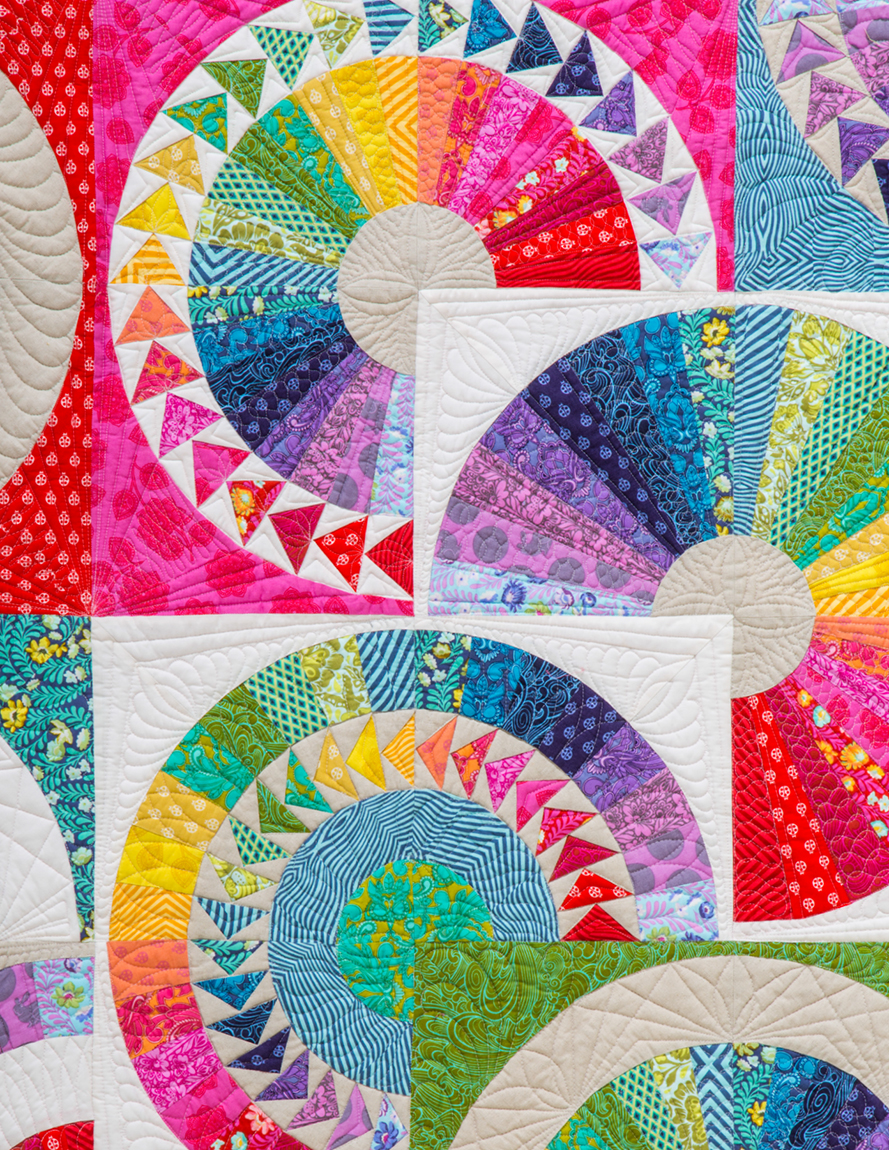 Introduction This book combines a few of my favorite things foundation piecing, curved piecing, New York Beauty blocks, and Flying Geese. I wanted to create quilts that had standard building blocks pieced arcs, plain arcs, and fansthat could be mixed and matched in a variety of ways. My initial concept was to have the Flying Geese in black and eight other fabrics repeating around the circle. I jumped at the chance when Tula Pink wanted to have a part in the book.
Introduction This book combines a few of my favorite things foundation piecing, curved piecing, New York Beauty blocks, and Flying Geese. I wanted to create quilts that had standard building blocks pieced arcs, plain arcs, and fansthat could be mixed and matched in a variety of ways. My initial concept was to have the Flying Geese in black and eight other fabrics repeating around the circle. I jumped at the chance when Tula Pink wanted to have a part in the book.
Collaborating with her was a great opportunity for me to learn more about fabric and color choicesknowledge that I have carried forward to other projects. After I showed my ideas to Tula, the quilts blossomed into full color. It was a great pleasure having Tula offer suggestions and guide me along the way. You can read more about that in FabricThe Basic Ingredient. The most important ingredient in any quilt is the fabric, and we carefully chose the fabrics in each quilt to go with the quilt design and its position in the book. The quilts featured in this book tell a color story from beginning to end, starting with bright jewel tones in Floating Orbs and fading to white in Wedding Cake.
As I selected the fabrics, the designs took shape and the quilts began to take on lives of their own. Though these quilts may look complicated, you can make them with some uncomplicated foundation-piecing and curved-piecing techniques. If you are new to foundation piecing and curved piecing, I think you will find that your skills will improve very rapidly as you become more familiar with these techniques. The Basics section (starting) shows you how to make fabric decisions, as well as how to master the cutting and stitching techniques. If you want to experiment first before starting a full quilt, try making a pillow or two. The pillows will give you a chance to try out your own color choices and to perfect your foundation-piecing and curved-piecing skills.
Before long, you will have your own gorgeous quilt or pillow! CarlThe Basics Choosing Fabrics and ThreadFabricThe Basic Ingredient The quilts in this book are made from fabric groupings of 8, 24, or 32 colors for foundation-pieced geese and fan arcs. Of course, the more fabrics you use, the more of a rainbow effect you can create. So where do you start when wandering the aisles among the many bolts of fabric in your local quilt shop? PRECUTS The easiest place to start is with a precut fat-quarter bundle. These bundles typically consist of all the fabrics from a line produced by a fabric designer or a selection of fabrics chosen by the designer that go well together.
Choosing Fabrics and ThreadFabricThe Basic Ingredient The quilts in this book are made from fabric groupings of 8, 24, or 32 colors for foundation-pieced geese and fan arcs. Of course, the more fabrics you use, the more of a rainbow effect you can create. So where do you start when wandering the aisles among the many bolts of fabric in your local quilt shop? PRECUTS The easiest place to start is with a precut fat-quarter bundle. These bundles typically consist of all the fabrics from a line produced by a fabric designer or a selection of fabrics chosen by the designer that go well together.
Next page
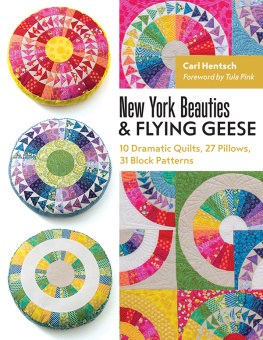

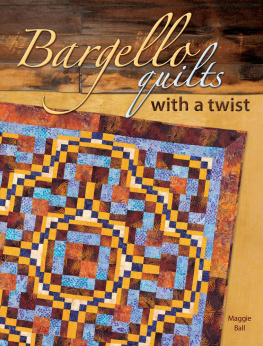
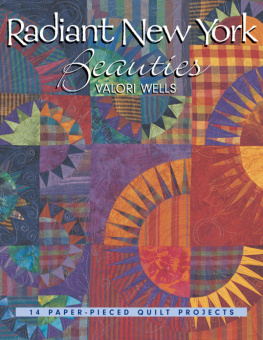
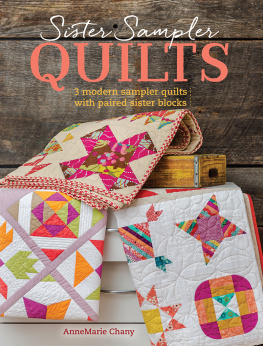


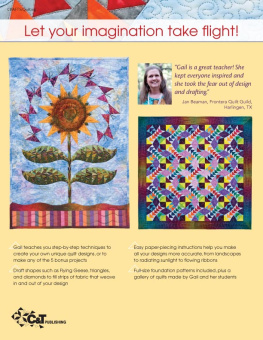

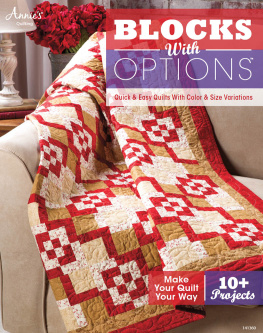
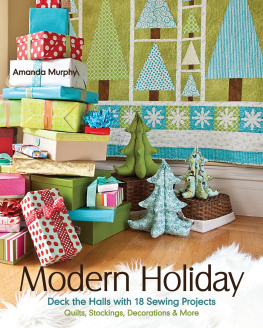
 A Note from Tula I met Carl several years ago at our local quilt shop, which just happened to be a favorite local hangout for both of us. It didnt take me very long to get really curious about this guy who quietly walked the floor making the most unpredictable fabric choices week after week. While most people shopped primarily in one general section of the store, Carl was interested in a little bit of everything. Like any regular fabric store dweller, I was dying to know what he was making with all this fabric! It was a few weeks later when he brought his first quilt tops in to the shop to be quilted. I dont know exactly what I was expecting, but it wasnt this.
A Note from Tula I met Carl several years ago at our local quilt shop, which just happened to be a favorite local hangout for both of us. It didnt take me very long to get really curious about this guy who quietly walked the floor making the most unpredictable fabric choices week after week. While most people shopped primarily in one general section of the store, Carl was interested in a little bit of everything. Like any regular fabric store dweller, I was dying to know what he was making with all this fabric! It was a few weeks later when he brought his first quilt tops in to the shop to be quilted. I dont know exactly what I was expecting, but it wasnt this. Tula Pink is an illustrator, fabric designer, quilter, and author.
Tula Pink is an illustrator, fabric designer, quilter, and author. Introduction This book combines a few of my favorite things foundation piecing, curved piecing, New York Beauty blocks, and Flying Geese. I wanted to create quilts that had standard building blocks pieced arcs, plain arcs, and fansthat could be mixed and matched in a variety of ways. My initial concept was to have the Flying Geese in black and eight other fabrics repeating around the circle. I jumped at the chance when Tula Pink wanted to have a part in the book.
Introduction This book combines a few of my favorite things foundation piecing, curved piecing, New York Beauty blocks, and Flying Geese. I wanted to create quilts that had standard building blocks pieced arcs, plain arcs, and fansthat could be mixed and matched in a variety of ways. My initial concept was to have the Flying Geese in black and eight other fabrics repeating around the circle. I jumped at the chance when Tula Pink wanted to have a part in the book. Choosing Fabrics and ThreadFabricThe Basic Ingredient The quilts in this book are made from fabric groupings of 8, 24, or 32 colors for foundation-pieced geese and fan arcs. Of course, the more fabrics you use, the more of a rainbow effect you can create. So where do you start when wandering the aisles among the many bolts of fabric in your local quilt shop? PRECUTS The easiest place to start is with a precut fat-quarter bundle. These bundles typically consist of all the fabrics from a line produced by a fabric designer or a selection of fabrics chosen by the designer that go well together.
Choosing Fabrics and ThreadFabricThe Basic Ingredient The quilts in this book are made from fabric groupings of 8, 24, or 32 colors for foundation-pieced geese and fan arcs. Of course, the more fabrics you use, the more of a rainbow effect you can create. So where do you start when wandering the aisles among the many bolts of fabric in your local quilt shop? PRECUTS The easiest place to start is with a precut fat-quarter bundle. These bundles typically consist of all the fabrics from a line produced by a fabric designer or a selection of fabrics chosen by the designer that go well together.